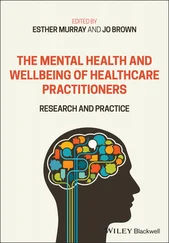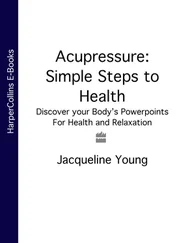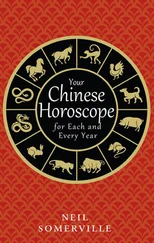The body has many other moving joints (see below). Although tai chi movements exercise all the body’s joints, they focus on opening and exercising the joints of the ankles, knees, hips, shoulders, elbows, and wrists, and on maintaining the mobility of the multi-jointed spine.
A ball and socket joint is where the rounded head of one bone fits into a socket or hole in the adjoining bone. Ball and socket joints at the shoulders and hip allow the arms and legs almost 360° of movement.
The knee, toes, fingers, and elbow are examples of hinge joints, which permit bending and straightening in one direction. A rounded bulge in one bone fits into a corresponding hollow in an adjoining bone. The two bones are held together by ligaments and encased in a capsule filled with a lubricating fluid.
The first two cervical vertebrae in the neck form a pivot joint. A protuberance in the second cervical vertebra, called the axis, fits into a ring formed in the vertebra above it, called the atlas, allowing the neck to pivot from side to side.
ONE OF THE first things people notice when they start tai chi is that their legs begin to feel different. To some it can be a shock to find that the gentle, flowing movements, so attractive to watch, can require such hard work from the muscles of their thighs and calves. But it is the demands made on the muscle groups of the legs combined with the ability to fully relax muscles elsewhere in the body that gives tai chi its unique grace of movement.
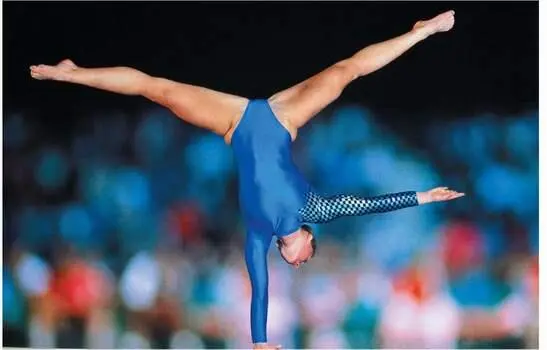
Gymnasts may seem to achieve the impossible, but they are in fact demonstrating the full flexibility that the skeletal muscles can achieve.
We often need to retrain some of the muscles under our conscious control through tai chi, especially those of the lower limbs, which play a major role in bodily expression. For this reason, after a tai chi posture is learned there may be a time-gap before it can be performed with real ease. This is the maturing time the muscles need to strengthen and learn the new movements.
The muscles execute commands from the brain carried along the motor nerves. For the muscles to be able to react so quickly, the nervous system maintains them in a half-alert state called muscle tone, ensuring that voluntary movements are not started from cold.
This link with the nervous system means that emotional stress registers in the muscles, however. Feelings of fear or anxiety show as a measurable rise in muscle tone. This reaction is appropriate as a “fight-or-flight” response, enabling the body to react instantly to an emergency, but people who suffer from recurrent fear or anxiety may be held in a permanent state of tension and find it hard to rest and impossible to relax, a state of chronic stress,
On one level tai chi deals with stress by relaxing the muscles. “Soft” does not mean flaccid, but a way of using muscles exactly as required for each movement. This allows a release of unnecessary muscular tension. More fundamentally, however, tai chi teaches people to relax the body instead of tensing in stressful situations. This is a major benefit of partnerwork. By repeatedly giving and receiving a push, each partner is offered an opportunity to transform the tension it raises into an alert and dynamic relaxation. With training they discover that a more effective way of dealing with a push is to embrace it rather than deny it. The practice strengthens mental and physical confidence, so that body and mind become reprogramed, reacting with the fight-or-flight response only in moments of real danger. The overall level of tension in the body falls significantly.
Tension in muscles is normal, enabling us to stand and walk. As one group of muscles tenses for action, another relaxes. Normal muscular tension is also beneficial, since in well-exercised legs it will stimulate the upward flow of blood circulating through the veins and lymph flowing along vessels rising from the feet and legs to the heart. The deep veins of the legs send blood flowing upward against the force of gravity to the heart. During exercise, the moving muscles press against the wall of the veins, acting like a pump to speed the blood flow through them. They have the same effect on the lymph vessels.
Tai chi is concerned with the muscles we use consciously when we move. These are the voluntary muscles, attached by tendons to the skeleton. Tai chi encourages the muscles to work together. This is believed to promote the development of jin, or whole body energy.
ONE OF THE first benefits of tai chi is a rapid and noticeable improvement in basic posture. Tai chi encourages students to key into the natural design of the body. It restores an awareness of alignments that enable the frame to function with greater ease and strength. Most children enjoy a natural relationship with the body, but as they grow up, some lose this freedom and begin to move awkwardly, or gradually forget how to move in a natural and unrestricted way. Exploring body mechanics helps mind and body to regain some of these lost abilities.
The body is flexible and mobile. Its frame is designed to enable it to sit, lie, stand, walk, run, jump, lift, and carry, and its postural alignment enables the body to perform its movements in a dynamic relationship with gravity.
The human frame is the structural system of skeleton, tendons, ligaments, and muscles, which give the body its shape and alignment when moving or still. The frame is not inert like the frame of a building, but kinetic. Each bone has its correct position in the skeleton, a certain range of movement, and a specific alignment with its neighboring bones, the tendons and ligaments that hold it in place, and the muscles that make its movement possible. The body works as a whole, so the misalignment of bones affects posture and movement.
Stooping and slumping, lifting heavy weights with the body wrongly aligned, aggressive exercise, and tension all affect the body’s frame. Years of such misuse can undermine its alignment, and this can result in back pain, headaches or migraines, and malfunctioning joints. However, the malfunctions that are caused by poor posture can be prevented and eased by realignment through tai chi.
Tai chi works with gravity, allowing it to anchor the body into the earth, working to restore the frame’s natural flexibility. It achieves this by relaxing muscles and releasing tension all over the body, allowing bones to resume their intended alignment relative to one another. Many people who learn tai chi feel a sense of strength that comes from having restored the body’s natural relationship with gravity and from the fact that bones and muscles that are correctly aligned can be exercised more effectively.
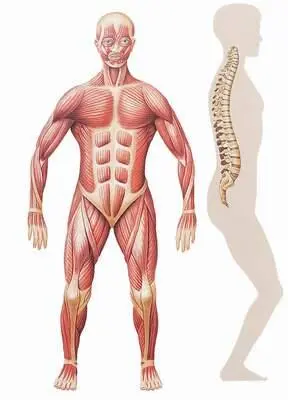
The spine is an excellent example of the body working as a holistic system. Its 33 bones or vertebrae are aligned in an s-shape and its two flexible curves, combined with the ability of the vertebrae to work separately yet together at the same time, give the back its marvelous mobility.
Incorrect alignment of the frame – the bones, joints, and muscles – can lead to structural problems such as slipped disks, back pain, and malfunctions of the joints. Tai chi teaches body awareness, so that good posture when lying, sitting, standing, and moving becomes natural.
Читать дальше





